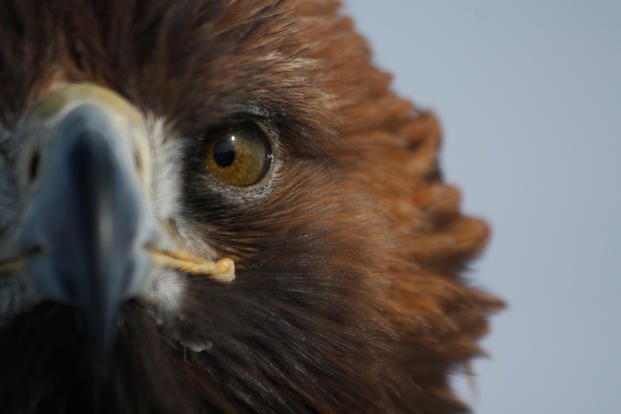The National Geographic Channel's new series "Hostile Planet," hosted by Bear Grylls, shakes up the nature documentary with a focus on animals who have adapted to survive in the most brutal environments our world has to offer.
Animals featured on the show must go to extreme lengths, and the episodes don't shy away from the harsh realities their survival require. Think of it as a program designed to win over viewers who usually watch action movies.
The show was a massive undertaking and used the latest film technology to capture the action with a perspective and level of detail we haven't seen before. The program was edited from approximately 1,800 hours of footage. The crew traversed all seven continents in 82 shoots over 1,300 days of filming and employed 245 crew members on location. That's a long way from the days when "Wild Kingdom" was made by one guy hiding in the bushes with a Rolleiflex.
Rather than having each episode focus on a continent or a specific type of animal, "Hostile Planet" explores a different type of environment in each of its six episodes: mountains, oceans, grasslands, jungles, deserts and polar. The first two aired last week, and the rest are showing Monday nights at 9 p.m. Eastern on the NatGeo channel. Earlier episodes are now streaming on demand in the app.
Tom Hugh-Jones is an Emmy-winning producer who spent two decades at the BBC Natural History Unit before producing the award-winning "Planet Earth II." He's the "Hostile Planet" showrunner and executive producer for the series alongside Oscar-winning cinematographer Guillermo Navarro ("Pan's Labyrinth") and fellow BBC vet Martha Holmes. Hugh-Jones shared some thoughts about his experiences making "Hostile Planet" and offers advice for aspiring filmmakers.

You worked on the BBC "Planet Earth" series. "Hostile Planet" offers a very different take on the subject. What inspired you to make the series?
I've made a few BBC series, and I loved working with David Attenborough. But I felt like it was an interesting challenge to try and engage with a different audience, particularly in America, and particularly people who might not normally come to watch nature shows. We tried to interrogate how we can make it more exciting, perhaps younger-skewing. We're trying to show people who think wildlife is boring that it's really exciting and worth protecting.
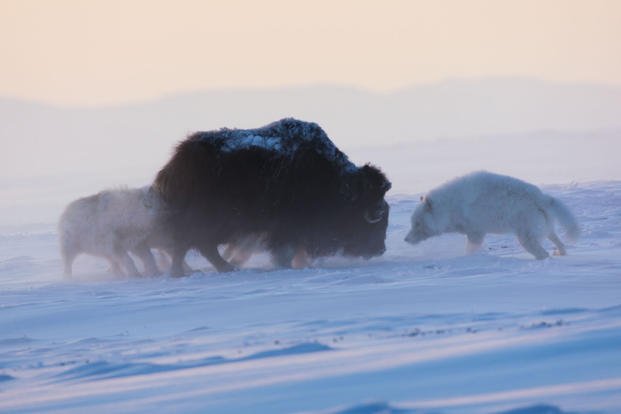
I always think of the "Planet Earth" shows as being calming and reassuring, but this program is actually incredibly brutal to watch.
It seems to have been billed like that. We certainly have gone toward some sequences which show the extreme lengths to which animals have to go to survive in the harshest environments, but we've tried to make sure it feels triumphant as well. But we didn't want to sugarcoat the pill. We really wanted people to realize just how tough it is out there and then to ask if we really need to make it any tougher for animals.
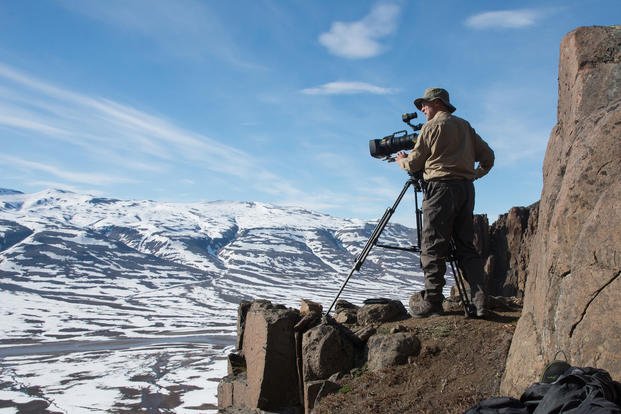
One thing that's very striking is the cinematography. You've been making these films for a while. How has technology changed?
I've always been really interested in the idea of trying to make wildlife films more immersive, to try and give viewers the experience of what it might be like to be in these wild places, almost being in the skin of the animals and experiencing the world from their point of view.
In the olden days, we would film from a tripod with a long lens, and it was quite limited to what you could do. Now, with the advent of drones and the stabilized gimbals and high-quality remote-triggered cameras, you can get much closer to animals and you can move with the animals, so you get this much more cinematic and immersive feel. I think that's really exciting and almost gives you a first-person experience of the natural world.
Do you think animals have always been aware they're being filmed, and does that change their behavior? Do you think you get a different take on the animals if you're filming with a drone? Are they less aware that there are people watching them?
Sometimes. I think it ranges. There are some animals that are so wild and skittish that if they even hear a drone, they will run away. On the other end of the spectrum, there are animals that scientists have been working with for so long that they don't even bat an eyelid when a drone flies quite close to them.
If you want to get exciting behaviors of animals on film, they need to feel relaxed and comfortable to do what they do naturally. If they're being stressed by what you're doing, they're only going to cower and not act normally. There's no point in doing that, so we always try to tread carefully and move in slowly. You've got to learn the limitations of the animal you're working with, but also win its trust.
I don't think filming has changed that much. What has been really useful is that we can see a schematic view of how behaviors play out. For example, in the Oceans episode where the great white sharks are chasing the seal, we've also got leopard seals chasing penguins, so [you] really get this kind of overview vision of how a chase pans out, which you just can't get when you're on the ground because you don't get the same appreciation of the depth.
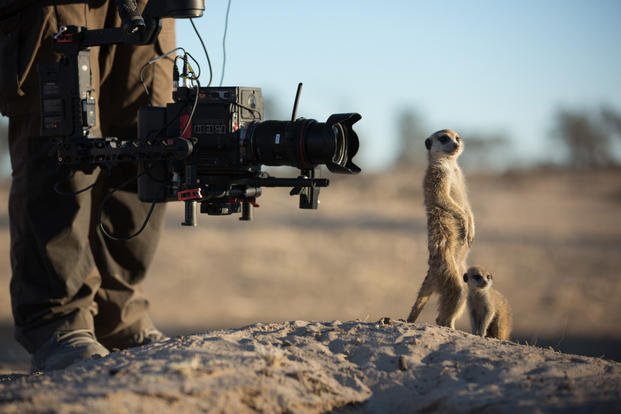
This program is very specific about the effects of climate change on these animals' environment. The approach is very direct. For some Americans, it's even going to seem to be in their face. Is that a conscious thing for you or is it just business as usual because that's how climate change is seen in the rest of the world?
No, there is a movement in all types of programming to be a bit more aware of the situation the planet is in and the challenges facing us all. We've tried to be really hard in "Hostile Planet." We didn't want to make a didactic film that points a finger of blame or even one that tells people that they need to change their ways. We had facts and the figures that we had rigorously checked by NatGeo and worked to weave those facts and figures into the animals' narratives to show how it is changing the challenges for animals. In some cases, it's making life much harder.
An obvious example would be polar bears that depend on sea ice to hunt. But in other cases, say, with the gentoo penguins, who like to nest on rocks rather than ice, you know the less ice cover in the Antarctic is actually allowing them to push further south and breed more successfully. We wanted to give a realistic portrait of how the challenges of survival are changing in the modern day.
All of us who make these series try and do our bit to improve our impact on the planet. We're very aware that we're part of the problem as well, so we don't want to alienate viewers or do a guilt trip on them. We just want people to start to be aware, and hopefully it will start the kind of slow, steady changes that can be quite significant in the long run.
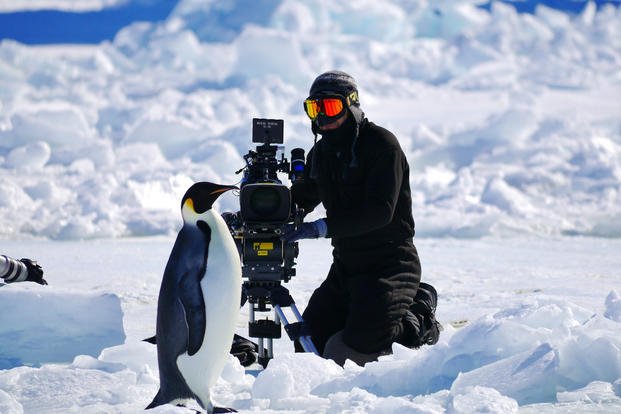
Now that you're shooting everything in 4K, how has the gear changed for you? Are the cameras more versatile and mobile than they used to be? Is there commercial pressure for you to adopt these new filming formats as quickly as possible?
Yeah, it's a bit of a double-edged sword. The higher resolution, along with the other new technology, allows you to show an actual world more crystal clear and closer to reality than ever before. It allows you to get new angles and perspectives to view the animal. That's all really exciting, but there's no doubt that we travel with a huge amount more kit these days and we've got loads more electronics going on. You can imagine that when you're taking that gear to the most extreme corners of the planet, there's much more room for failure.
Back when I started, we would just be filming with a film camera and a lens. It was all mechanical, and there was pretty much nothing that would ever break. Now you've got all these Wi-Fi connections between different gimbals and gizmos talking to each other, and there are so often technical problems. You need more people on locations to be able to troubleshoot these problems, and you need to be close to places where you can recharge your batteries. So, that's made it a lot harder.
I would say the hit rate for when you actually do manage to capture a animal's behavior has gone down because there's so many different variables that all have to work together to make it a successful shot. But when you do capture those moments with all your technology working, it looks absolutely incredible. The reality is that, having seen imagery with stabilized gimbals tracking with the animals as they're hunting, it's very hard to go backward to those locked-off shots.
Some technologies that were originally developed for the military are really finding a use in natural history filmmaking. The kind of stabilized helicopter gimbals, such as Cineflex, started off with military-grade stabilization technology in them. Then there's lots of kind of low light and night-vision technology that we're starting to employ to allow us to film into the night. Military technology is making its way into wildlife filming.
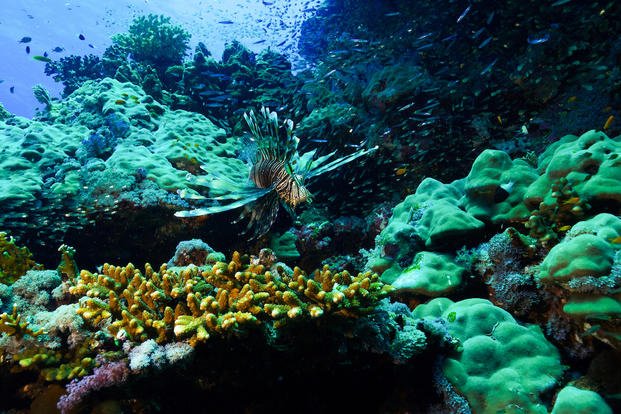
If someone watches your films and says, "That's an amazing job; that's what I want to do," how do they get your job?
There are quite a few routes, but the kind of traditional way would be to go to college and to study zoology or filmmaking. Then you get a job doing research, and then you'd become an assistant producer and then a producer, et cetera.
However, I think it's more open these days. When I started out, the chance of being able to afford to buy camera equipment with which you could make a film was almost untenable, whereas today you can buy a digital stills camera, for example, for a couple thousand dollars, and you can go out and start making films. Almost anyone, if they've got the passion and the initiative, can go out and start kind of playing with cameras and filming wildlife and telling stories.
You can tell interesting stories even about the seemingly most normal animals that live in your backyard. You just need to be creative. If you're interested in pursuing a career in natural history/filmmaking, showing that you have that initiative and creative flare is really important; it goes a long way. Certainly, if someone came to me having made a film that had an interesting angle and could show some creativity in the camera work, I'd be really impressed.
I worked on the first "Planet Earth." That was at the advent of high-speed digital technology, and we were using these Photron Cameras and Phantom Cameras. I now look at the high-speed I can do on my iPhone, and it's better than what we were able to do 13 years ago on these really, really expensive cameras. It's unbelievable how fast things can move.
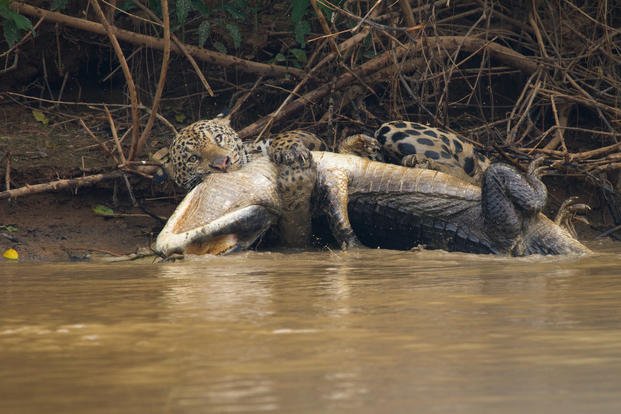
"Hostile Planet" seems like the action movie version of nature documentaries. You've made a different kind of film, and it's really interesting to see how there's more than one way to shoot anything.
Exactly. I think we're really excited by the idea that there's a growing market for wildlife shows, and there's room for different styles and different ways to approach editing and filming these things. The most important thing is that we're trying to get as many people who aren't that connected to nature anymore to experience and marvel at the wonders out there. Hopefully, that will lead them to want to protect it.
